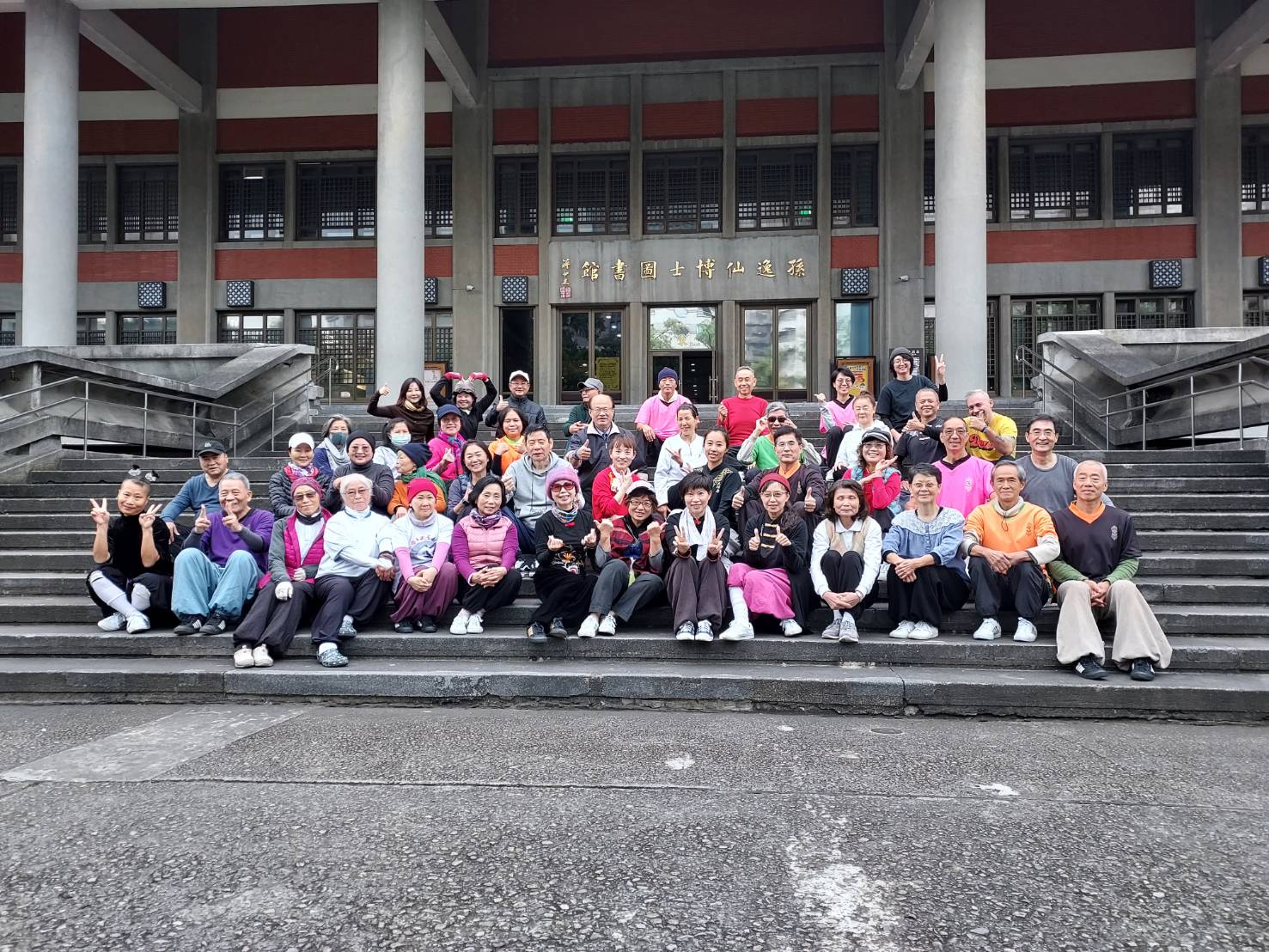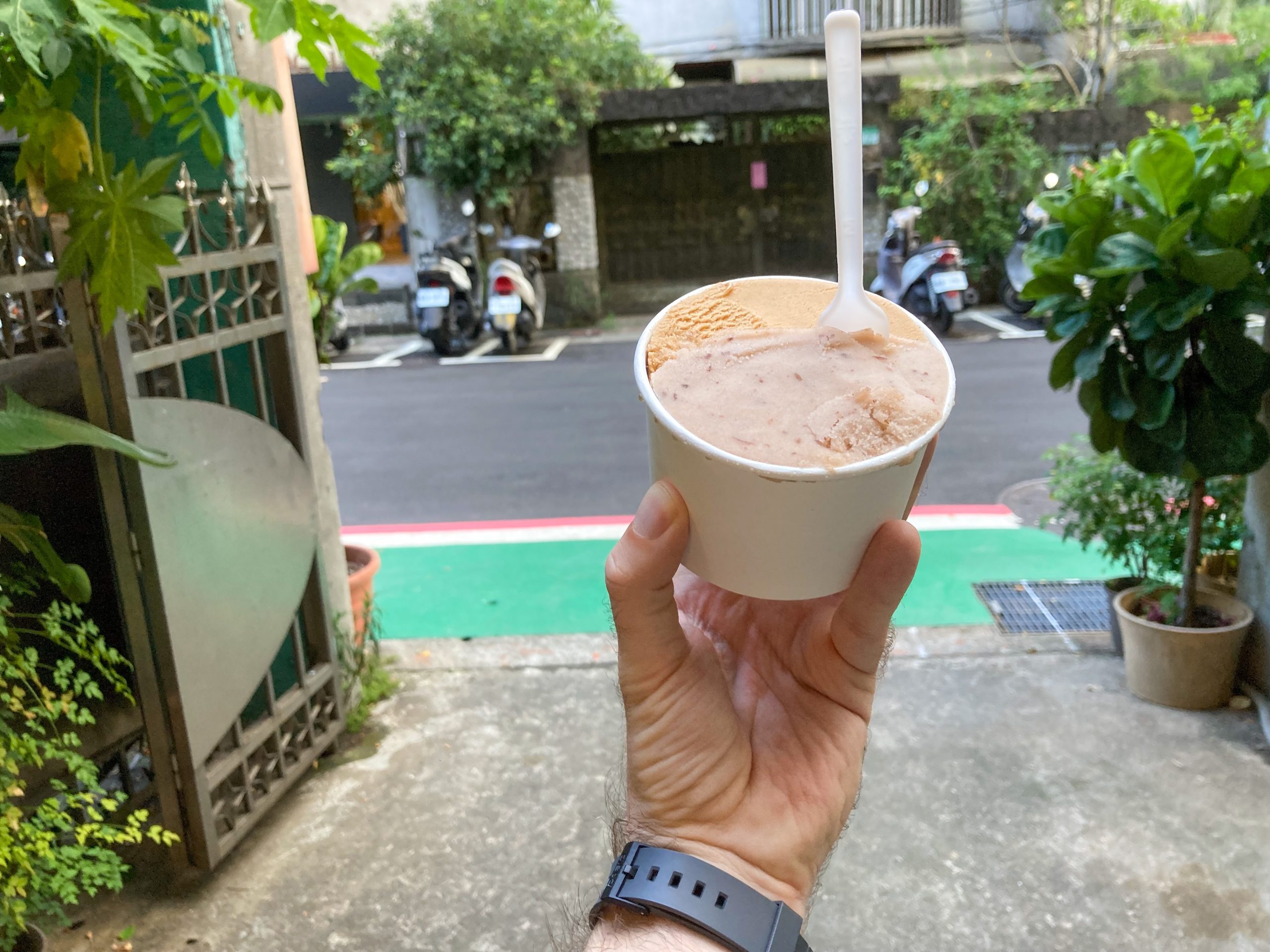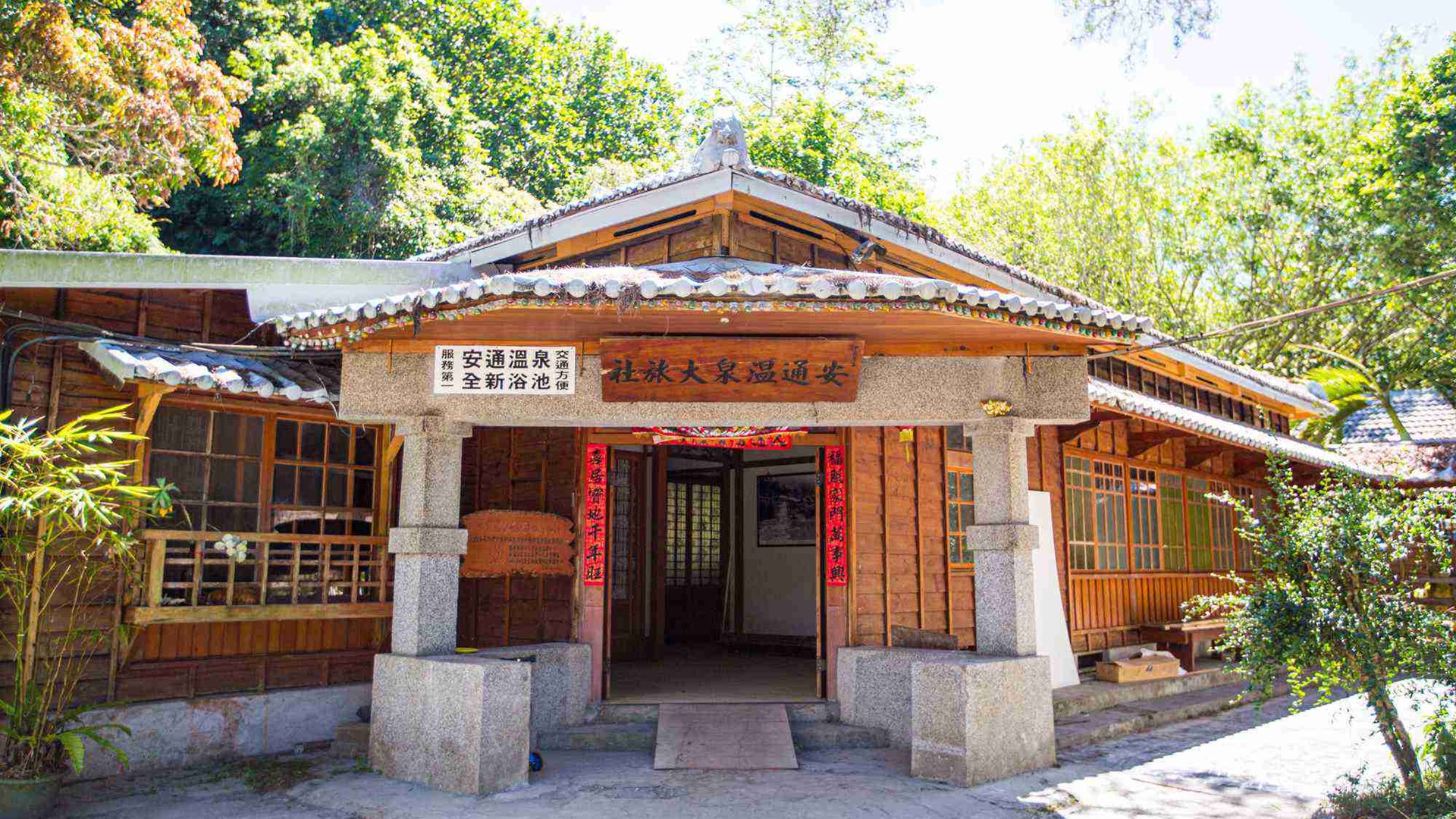Author Joel Haslam
Photographer Joel Haslam
It’s 6 a.m. and the streets of Taipei are almost empty. It will be another hot day, but for now it is bright and cool. I am cycling along the tree-lined street to Sun-Yat-Sen Memorial Hall (國父紀念館) to join the Six Arts group for my morning class of Tai Chi.
All across the city, in parks, squares, and outdoor spaces you can find small groups of (usually elderly) practitioners of the art of the Tai Chi fist (Tai Chi Chuan;太極拳). All around the SYS Memorial Hall the park is filled with Tai Chi groups, Ba Gua Chuan(八卦拳) practitioners, Salsa dancers, badminton pairs, and dog walkers. The whole area is alive with chatter, bustle, music, and movement.
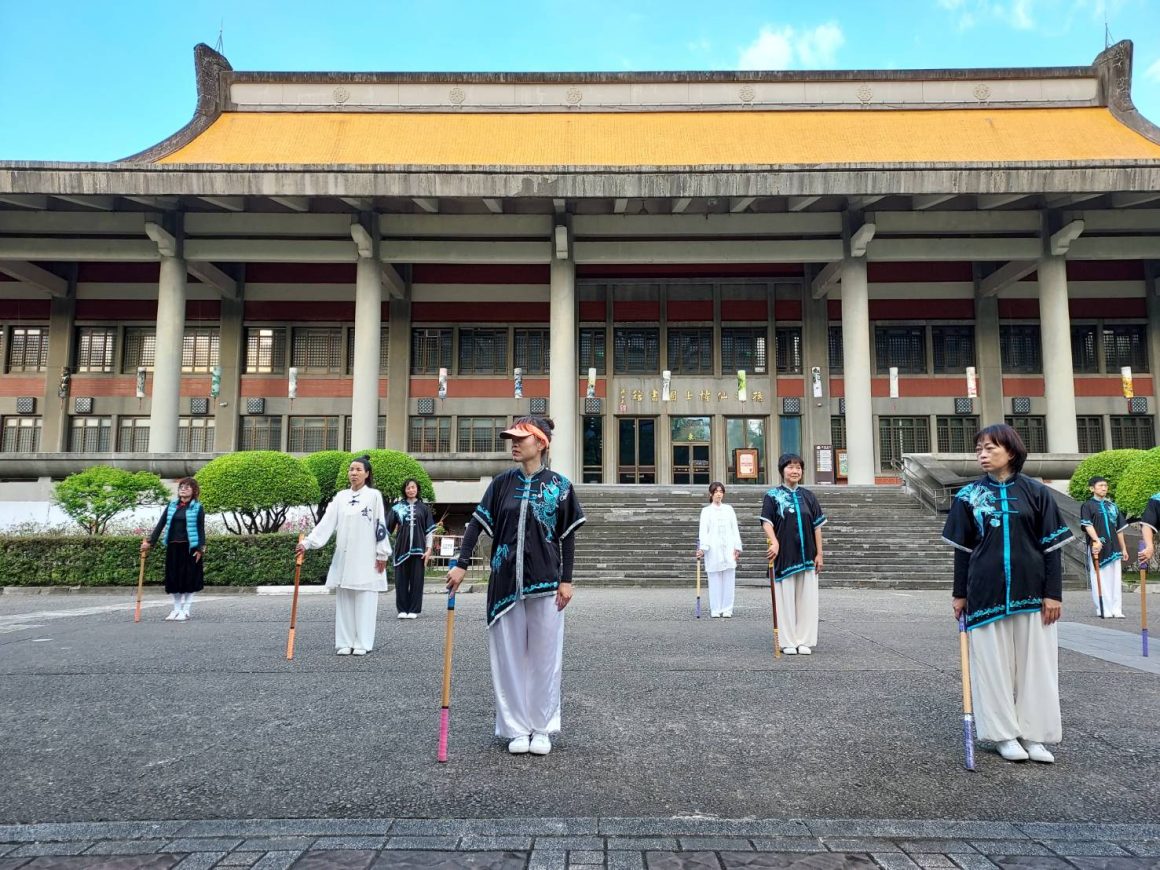
The Six Arts group is an eclectic mix of New York investment bankers, shoe factory managers, installation artists, and retired farmers (amongst many others). They occupy a reserved spot facing Yixian Road and meet every morning, Monday to Saturday. The class is led by a gentleman referred to as ‘Big Hero’ (Da Sha;大俠) and a group of senior classmates (Shi Jie;師姐) who teach the day’s movements; the class size can be anything from 20 to 100 members, depending on the day (and the weather) Da Sha is usually sat legs split and resting on the steps up to the memorial hall, like some kind of watchful, yogic Buddha. At 6.30 the National Anthem sounds throughout the park and then the senior classmates lead thirty minutes of strenuous stretching exercise as traditional Chinese music is blasted out from a small portable speaker. At 7’o clock sharp the group formally greets “Da Sha” and then the senior students lead a succession of traditional Tai Chi forms; 24,38,42; each forms a set pattern of moves truncated from their much longer original Chinese counterparts (over time traditional Tai Chi forms were reduced from over 100 moves to make remembering them much easier). Each movement has its own traditional poetic Chinese name (Grasping the Sparrow’s Tail, Stroking the Wild Horse’s Mane, Snake Creeps Down) that belies the complicated and slight transition of muscle movements driven from the centre of the body that is at the heart of all Tai Chi forms. The explanation of this is largely lost on me as the class is delivered exclusively in Chinese, with a mixture of Taiwanese phrases thrown in for added confusion to my Western ears.
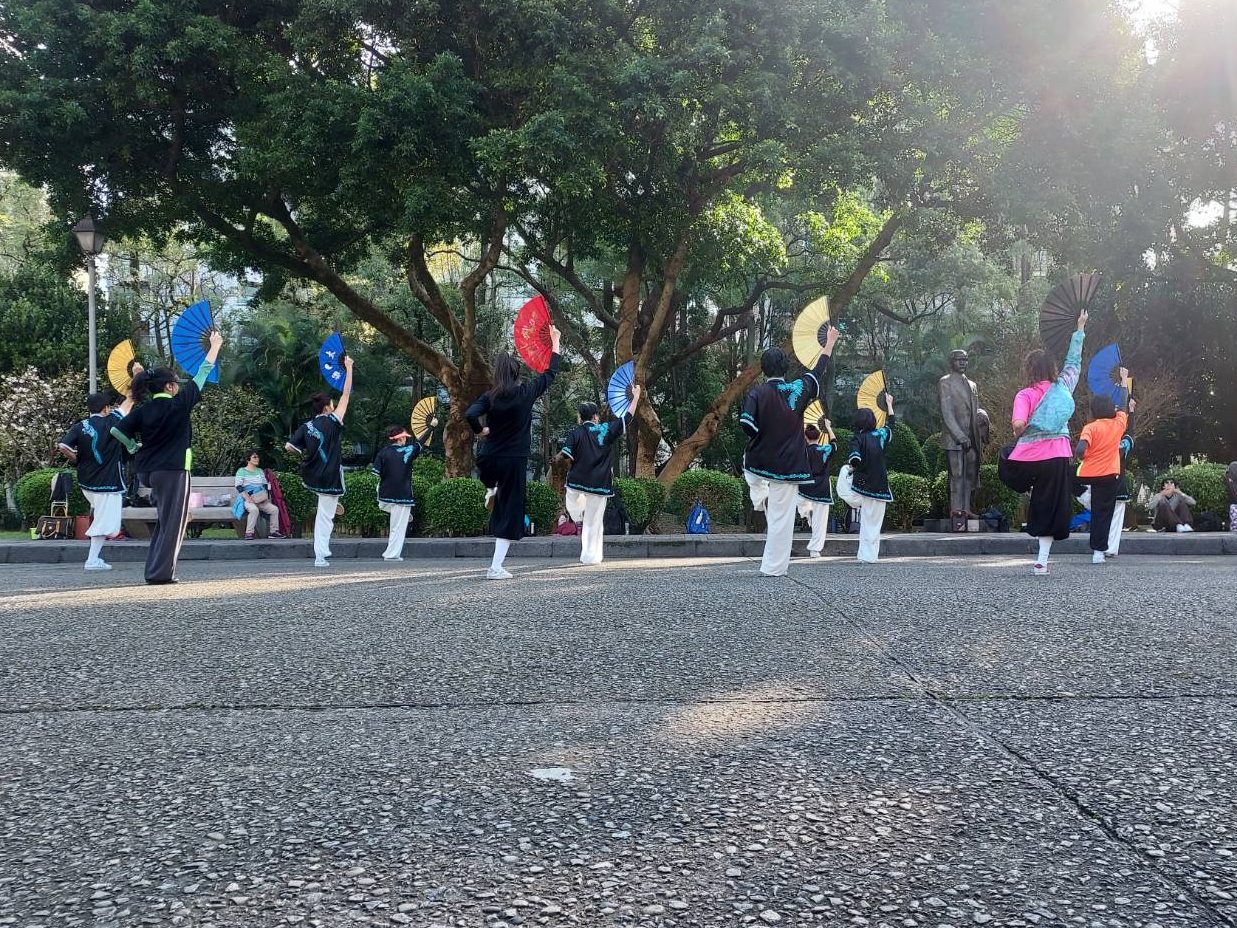
I first joined the class in early 2020 when feeling restless and unwell during the start of the pandemic, I took to rising early and cycling around the city looking for an answer to years of built-up stress and body pain. Ten years of English office work had given me a tense upper body and daily neck pain that was hard to shake. Spotting the Six Arts group going through their early morning routines held me transfixed, especially when the enigmatic teacher made an appearance. A student of yellow hat Buddhists in Outer Mongolia the teacher is a graceful lady of indeterminate age with a quirky hairstyle and footwork that put me in mind of a childhood spent watching old Shaw brothers Kung Fu movies.
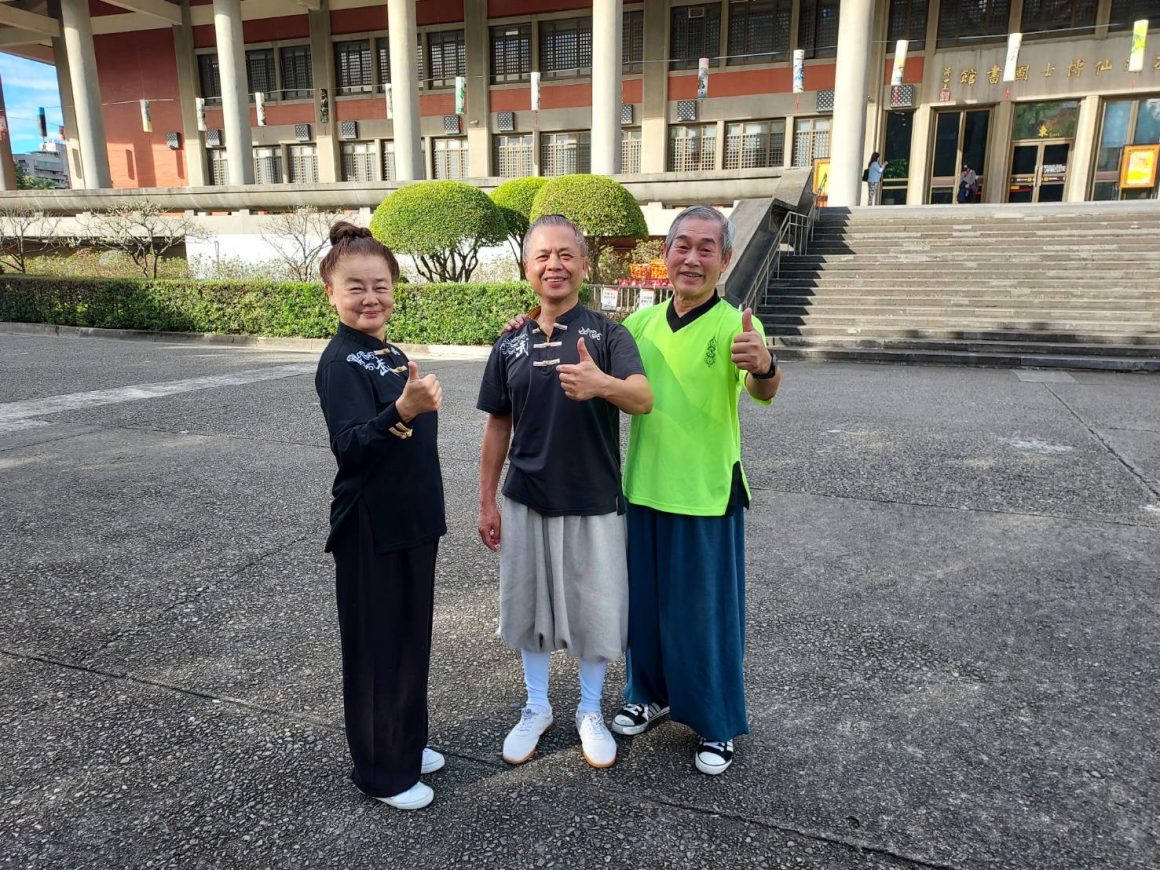
The group was happy to let me join and for the last four years I have spent my weekday mornings learning Tai Chi forms; including the traditional stick, fan, and sword weapon forms. The Six Art group also practices with a kind of giant paintbrush known as a Fu Chen. For a mere 600 Taiwanese dollars a year membership fee each member gets a stamp and a small handbook of moral codes that they must follow as part of the group. The booklet advises members not to cheat, steal, or conduct any kind of romance or business within the group (although one of the members still brings boxes of eggs to sell in the winter months). It is hard to describe in words the kind of feeling practicing Tai Chi every morning brings, but I have noticed a significant easing in upper body pain and have probably grown several centimetres as a result of a much straighter spine.
The name “Tai Chi” is literally translated as something like “Supreme” or “Ultimate” and along with Ba Gua(八卦) and Hsing-I(形意), it forms one of the three internal styles of Kung Fu, the Chinese martial arts that originates from the Shaolin Temple, near Beijing. Whereas Kung Fu is hard and external, Tai Chi is soft and internal; Kung Fu is largely taught as a style of fighting, Tai Chi a method of relaxation. With its origins in the Wudang region of China, Tai Chi is further broken down into Yang and Chen styles, and separated again into the younger Sun style. To the serious student it is a lifelong study of body and mind mastery, to the casual onlooker it’s a bunch of grandmas waving their arms around in circles.
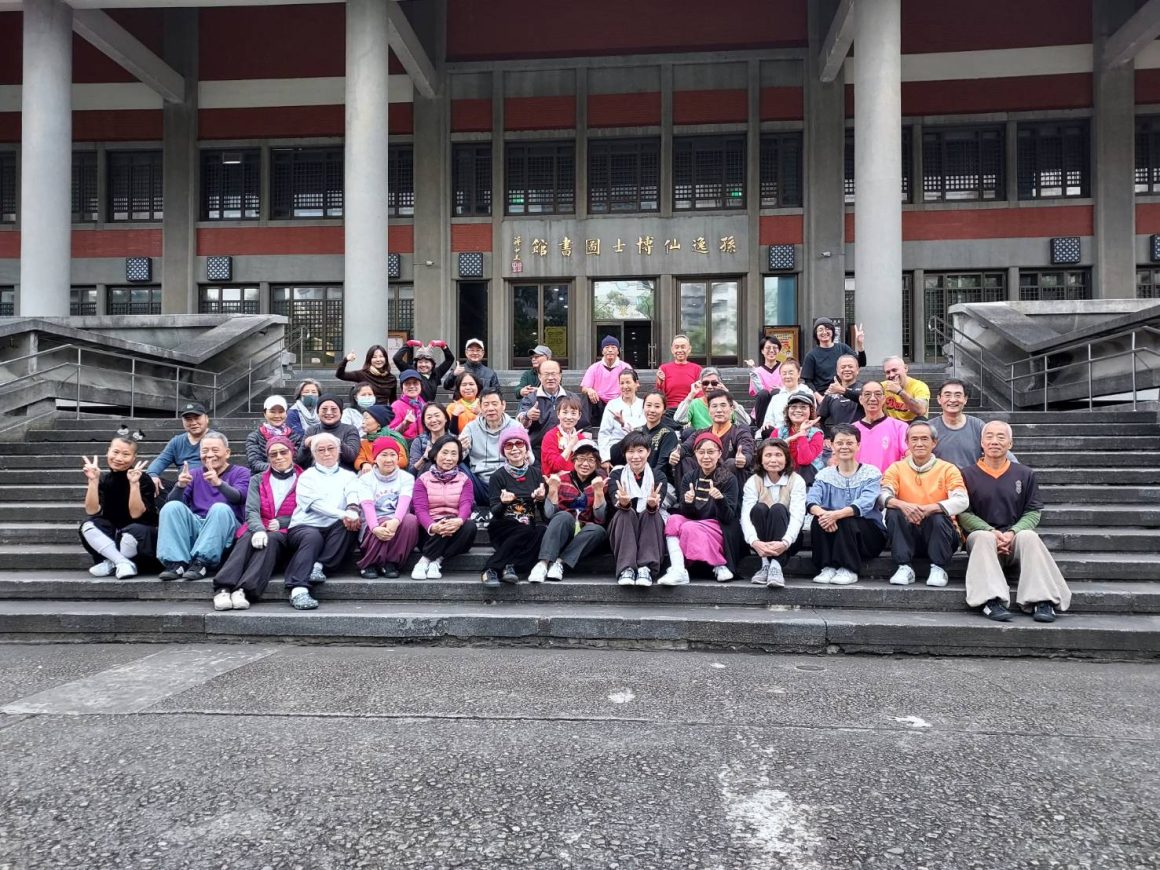
Personally, I find the greatest part of Tai Chi to be the inclusivity. When I lived in the UK I spent the better part of a decade studying one style of Kung Fu (the Praying Mantis or Tang Lang style) and could never quite shake the sense of aggression and bravado that comes with learning an Eastern martial art in a largely male Western setting; for all the talk of inner peace and meditation the class still seemed driven around who could punch or kick the hardest. Here I am separated from my classmates by all kinds of factors; language, age, social class, and yet we come together to practise as a unified whole. My classmates are always eager to share fruit and candies and a friendly hello and there is no sense of pressure or one upmanship. As the teacher says; do everything in your own time. And at the heart of the Tai Chi forms is the feeling that nothing else matters, other than the slow movements you are transitioning through at the time. The focus on the moment, and the breath, as the hot sun starts to beat down overhead. In that moment, no worries about schedules, or bills, or the working day ahead. As a great writer once said
“The world is still out there, but for now it doesn’t have you by the throat.”

